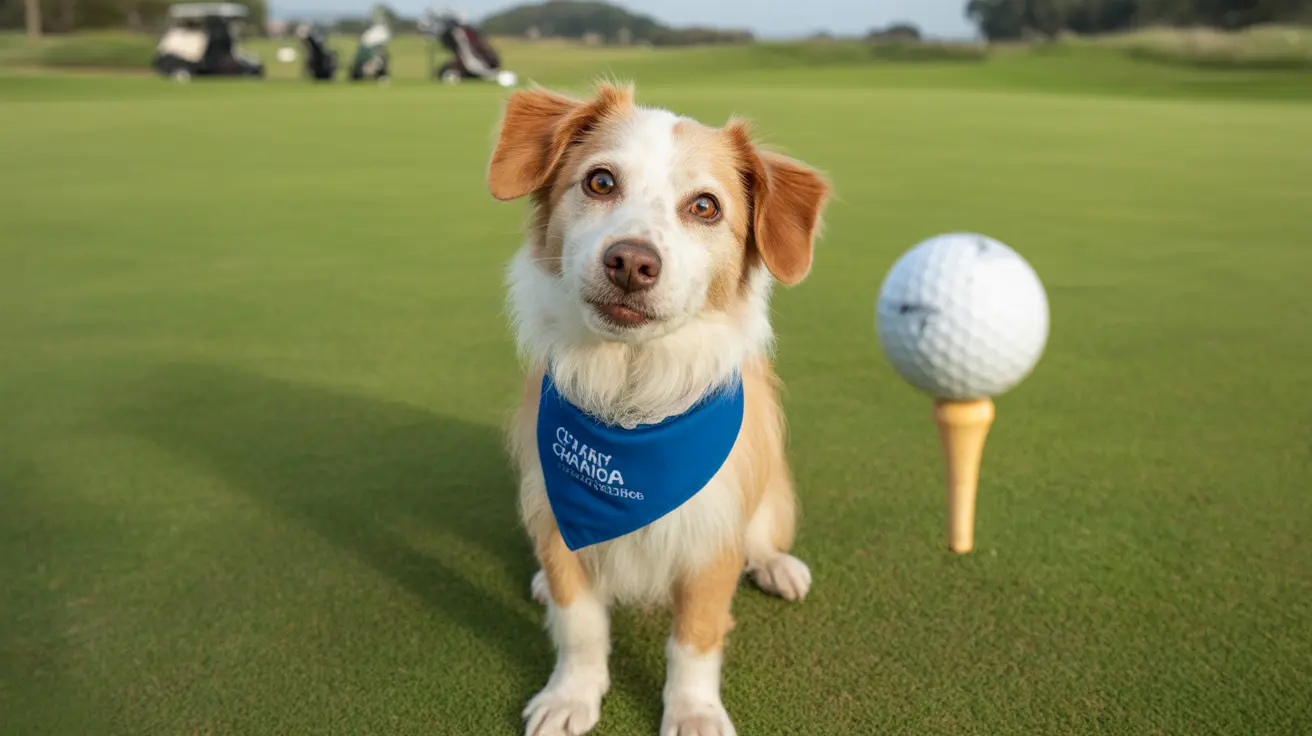Understanding Your Dog's Communication: What Is Your Pet Trying to Tell You?
Dogs may not speak human language, but they are constantly trying to communicate with us through a rich combination of body language, behavior, and vocalizations. Recognizing these signs can strengthen the bond between you and your pup, help identify their needs, and even alert you to potential health or behavioral issues.
Why Understanding Dog Communication Matters
Effective communication is foundational to any relationship, including the one you have with your dog. When you understand your dog’s signals, you can respond appropriately, ensuring their emotional and physical well-being.
Dog behavior specialist Dr. Stanley Coren emphasizes that misreading a pet’s signals often leads to anxiety, miscommunication, and even behavioral problems.
Common Ways Dogs Communicate
- Body language: Tail position, ear movement, and posture all tell you how your dog feels.
- Facial expressions: A soft gaze or bared teeth can express comfort or aggression.
- Vocalizations: Barking, whining, growling, and howling serve different communicative purposes.
- Physical behavior: Pawing at you, nudging, or sitting a certain way can indicate needs.
Body Language Cues to Watch For
Dogs are incredibly expressive if you know what to look for. Some key signs include:
- Tail wagging – Fast wagging with a loose body means happiness, while a slow or stiff wag can be a warning.
- Ears back – Often a sign of submission or fear.
- Stiff posture – Indicates alertness or aggression.
- Belly exposure – Suggests trust or submission, but can also be a sign of appeasement.
Vocal Communications
Dogs use their voices to express needs, warn of danger, or simply “talk” to us.
- Barking – Can indicate excitement, alertness, stress, or a desire for attention.
- Whining – Typically shows anxiety, discomfort, or a request for something.
- Growling – Usually a warning sign indicating the dog feels threatened.
- Howling – May be a sign of separation anxiety or a response to triggers in the environment.
Behavioral Messages
Certain behaviors often indicate that your dog is trying to get your attention or express a need.
- Pacing – Dogs may pace when anxious, excited, or needing to go outside.
- Scratching doors – Likely means your dog wants to go outside or gain your attention.
- Staring at you – A focused stare might mean your dog wants food, affection, or a walk.
- Bringing toys – A sign they want to play or establish interaction.
Are You Responding Correctly?
It’s crucial to match your responses to the message your dog is trying to send. If your dog is whining at the door, it likely means they want to go out. Ignoring or misreading signals can lead to frustration and poor behavior.
Some tips for responding effectively:
- Observe the full context – A growl during play might not mean aggression.
- Note patterns – Repeated behavior can offer insight into their needs or routine.
- Offer positive reinforcement – Reward appropriate gestures to encourage them.
Health-Related Communication
Sometimes, a dog’s behavior is an indicator of an underlying health concern. If a typically active dog becomes lethargic or exhibits uncharacteristic behavior (e.g., excessive licking or whining), consult your veterinarian.
Watch out for:
- Sudden changes in appetite
- Reluctance to move or jump
- Persistent scratching or licking
- Unusual vocalizing
Final Thoughts
Your dog is likely trying to share something with you every day. By learning to understand their unique language, you’ll build a more enriching relationship and become a better, more responsive owner. Pay close attention to their cues—your dog is communicating more than you may realize.





